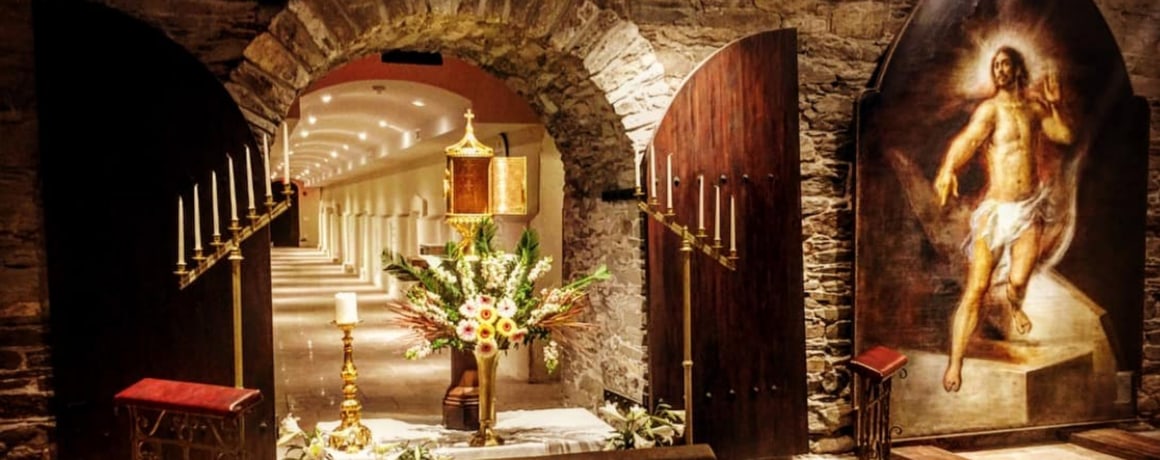
The soft marlstone turned out to be just as suitable for digging rooms and tunnels as the Roman tufa. After an in-depth study in Rome, the best parts of no less than fourteen Roman catacombs were copied and reconstructed in the marlstone quarry. In 1912 the second part was opened, but further parts have never been realised, partly because of a lack of funds and because of Jan Diepen’s death at a relatively young age in 1930.Ī quick glance at the map of the corridors on the website of the Roman Catacombs Museum gives a good indication of the scale of the project. With aid from the famous architect Pierre Cuypers (1827-1921) – a friend of the family – the first part of the project was completed in July of 1910 and opened to the public.

The idea for the Roman Catacombs Museum was born. There Jan Diepen read about the Christian catacombs in Rome and pondered on copying parts of them in a local marlstone quarry. In part because of his poor health, he withdrew from the board of the family company in 1908 and relocated to Valkenburg, where the family owned a country residence called Villa Alpha. Jan Diepen (1872-1930) was a scion of a well-to-do family of textile manufacturers from the Dutch city of Tilburg. This is all possible in the Netherlands as well. People who like to wander through subterranean corridors, get a taste of the special atmosphere down there and admire beautiful frescoes by candlelight do not have to travel all the way to the Eternal City. Here in Valkenburg, a piece of Rome was copied and reconstructed at the beginning of the twentieth century, a piece that can be found several metres below street level: the catacombs. Museum Romeinse Katakomben (Roman Catacombs Museum) does not just have a name that is a little peculiar – it is spelled ‘katakomben’ instead of the linguistically correct ‘catacomben’ – it is basically a museum that has no equivalent anywhere. The lovely Dutch town of Valkenburg aan de Geul, located in the south of the province of Limburg, has a very special museum. Van Commodus tot de Crisis van de Derde Eeuw (180-238).Jugurtha, Marius en de Grote Dreiging uit het Noorden (118-101 BCE).Meesters van de Middellandse Zee (171-151 BCE).Ligurië, Spanje en het grote Griekse moeras (187-172 BCE).Macedonië en het Seleucidische Rijk (201-188 BCE).De Tweede Punische Oorlog: Scipio (210-201 BCE).De Tweede Punische Oorlog: Hannibal (218-211 BCE).Keltische en Illyrische oorlogen (241-219 BCE).De Eerste Punische Oorlog (264-241 BCE).The Crisis of the Third Century (238-284).From Commodus to the Crisis of the Third Century (180-238).


Macedonia and the Seleucid Empire (201-188 BCE).The Second Punic War: Scipio (210-201 BCE).The Second Punic War: Hannibal (218-211 BCE).


 0 kommentar(er)
0 kommentar(er)
